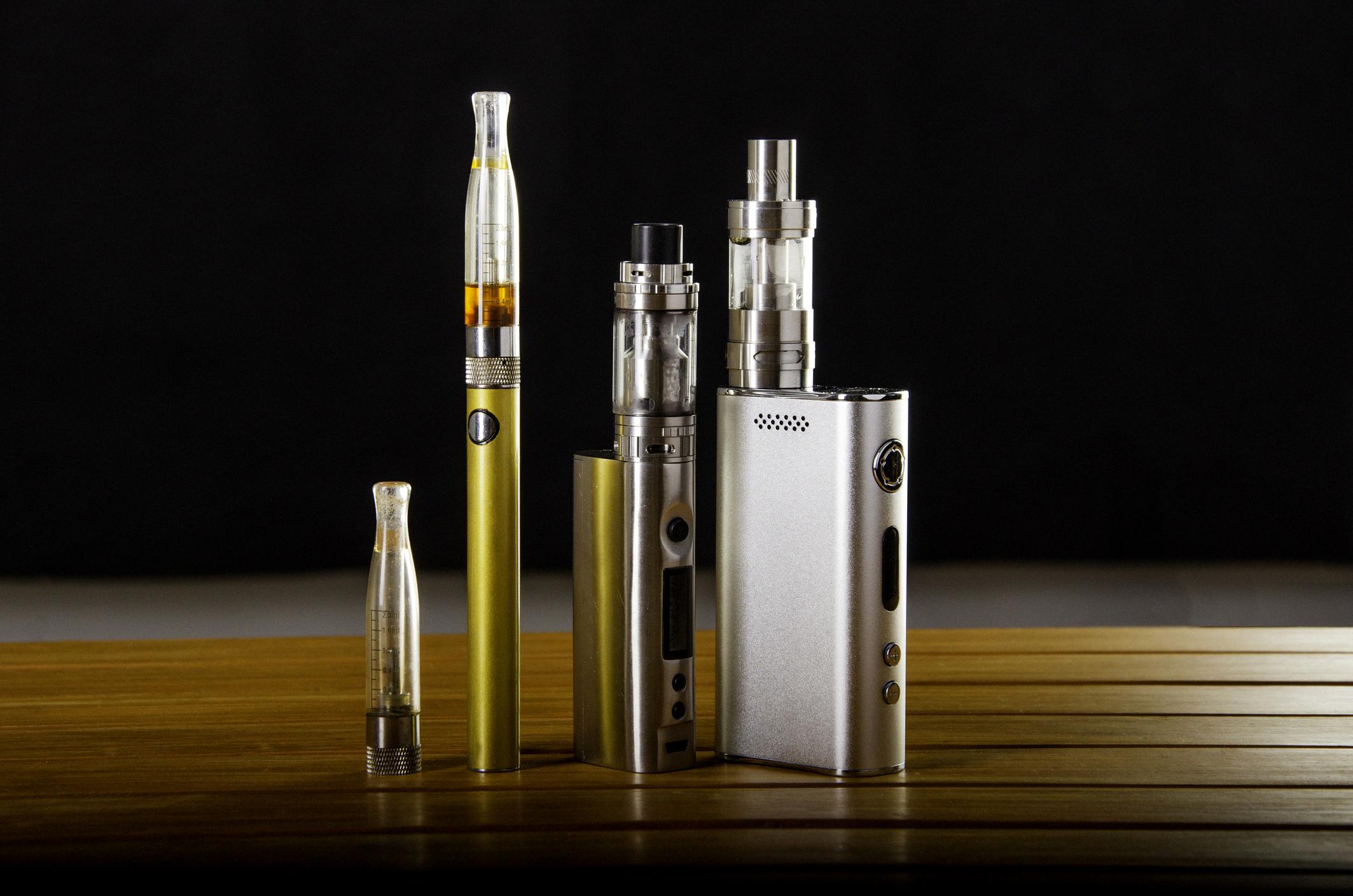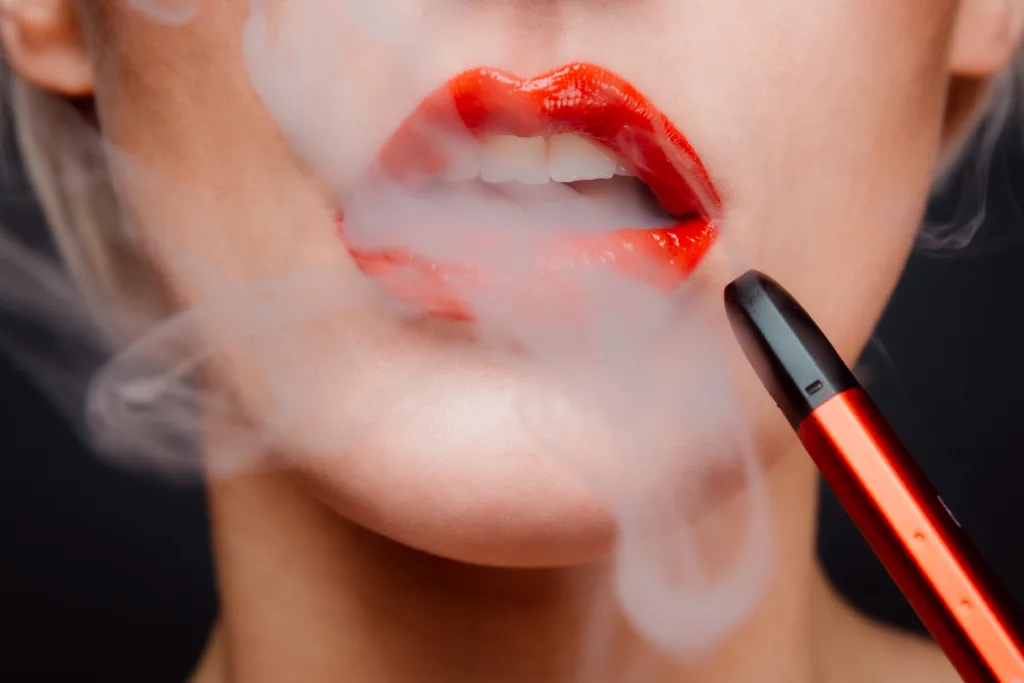Vaping has become a popular alternative to smoking. One of the reasons why people vape is because of the buzz or high that they experience. But how long do these buzzes last? And what causes them?
The buzz that people feel when vaping is due to the nicotine content in the e-juice. Nicotine is a stimulant drug that affects the brain and nervous system. When you inhale nicotine, it enters your bloodstream and reaches your brain within seconds. It stimulates the release of dopamine, a neurotransmitter that is associated with pleasure and reward. This leads to a feeling of euphoria, or a buzz.
The duration of the buzz depends on several factors, such as the amount of nicotine in the e-juice, the frequency of use, and the individual’s tolerance to nicotine. Generally, a vape buzz can last anywhere from a few minutes to a couple of hours. However, the immediate effects of nicotine fade quickly, and you may feel the need for another dose.
It is important to note that vaping is both addictive and damaging to the lungs because e-cigarette cartridges contain nicotine. The higher the nicotine level in the e-juice, the stronger the buzz, but also the higher the risk of addiction and harm to the body.
If you are trying to quit smoking and using vaping as a tool, it is recommended to gradually reduce the nicotine level in your e-juice to eventually quit vaping altogether. This will help you avoid the harmful effects of nicotine and prevent addiction.
To clear nicotine from the body, you can drink plenty of water to flush waste products from the kidneys and liver. Exercise is also beneficial as it helps to get the blood moving, boost circulation, and release waste products through sweat. Additionally, eating a healthful diet rich in antioxidants can help the body repair itself.
The length of a vape buzz depends on several factors, such as the amount of nicotine in the e-juice, the frequency of use, and the individual’s tolerance to nicotine. It is important to be mindful of the harm that vaping can caue and to gradually reduce nicotine levels to avoid addiction and damage to the body.
Duration of Buzzes
When it comes to the buzz or high caused by nicotine, it typically lasts for less than two hours. This is due to the fact that nicotine has a short half-life, meaning that the body quickly metabolizes and eliminates it. In fact, two hours after ingesting nicotine, the body will have eliminated roughly half of it.
The immediate effects of nicotine, such as increased heart rate and blood pressure, also tend to fade quickly. This can lead to a feeling of needing another dose of nicotine to maintain the buzz.
It’s worth noting that the duration and intensity of a nicotine buzz can vary depending on factors such as the individual’s tolerance to nicotine, the method of ingestion (such as smoking vs. vaping), and the amount of nicotine consumed.
While the buzz from nicotine may be short-lived, the addictive nature of the substance can make it difficult for individuals to quit or cut back on their nicotine intake. It’s important for individuals who are looing to quit smoking or vaping to seek support and resources to help them overcome nicotine addiction.

Source: goodtherapy.org
Getting Rid of Buzz After Vaping
Vaping has become a popular alternative to smoking, but it can come with some side effects, including a buzz or head rush. If you are experiencing this uncomfortable sensation after vaping, there are a few things you can do to get rid of it.
1. Hydrate: Drinking plenty of water can help flush out the nicotine and oher toxins from your body. Nicotine is a diuretic, which means it can dehydrate you, so it’s important to stay hydrated to help your body recover.
2. Move: Exercise can help get your blood flowing and release toxins through sweat. Going for a walk or doing some light cardio can also distract you from the buzz and help you relax.
3. Breathe: Deep breathing exercises can help calm your nerves and reduce anxiety, which can worsen the buzz. Take slow, deep breaths in through your nose and out through your mouth.
4. Eat: Eating a healthy meal or snack can help regulate your blood sugar levels, which can affect your mood and energy levels. Try eating foods that are high in protein and fiber to help you feel fuller for longer.
5. Wait: Sometimes, the buzz can go away on its own with time. If you’re feeling uncomfortable, try distracting yourself with a book or a movie until the buzz wears off.
Getting rid of the buzz after vaping can be achieved through a combination of hydration, movement, breathing exercises, healthy eating, and patience. If you continue to experience uncomfortable side effects, it’s important to talk to your doctor or a healthcare professional.
The Effects of Vaping: A Buzzing Sensation
Vaping involves the inhalation of a liquid solution that is usually a mixture of propylene glycol, vegetable glycerin, flavorings, and nicotine. When the vape pen heats up, the liquid is turned into a vapor that is then inhaled. The nicotine present in the solution is responsible for producing the buzz or high that users experience.
Nicotine is a stimulant drug that activates the release of dopamine in the brain. Dopamine is a neurotransmitter that is responsible for feelings of pleasure and reward. When nicotine is inhaled, it binds to the nicotinic acetylcholine receptors in the brain, which triggers the release of dopamine. This results in a feeling of pleasure and euphoria, which is commonly referred to as a buzz.
The buzz that users experience while vaping can vary depending on the amount of nicotine present in the solution and the user’s tolerance level. New users or those who use high-nicotine solutions may experience a stronger buzz than experienced users or those who use lower-nicotine solutions.
It is important to note that vaping is both addictive and harmful to health. Nicotine is highly addictive, and regular use can lead to dependence. Vaping can also cause lung damage and increase the risk of respiratory infections. Therefore, it is recommended that individuals avoid vaping and oter forms of nicotine use.
Waiting Time Between Nicotine Buzzes
If you are using a nicotine-based e-cigarette or vaping device, it is important to know how long you should wait between nicotine buzzes. This is because nicotine is a powerful stimulant that can have a range of effects on the body, including increasing heart rate, constricting blood vessels, and raising blood pressure.
The general rule of thumb is to wait 15 to 30 seconds between nicotine buzzes. This allos the nicotine to be absorbed into the bloodstream and for the effects to be felt. Waiting too long can cause the nicotine levels in the body to drop, which can lead to cravings and withdrawal symptoms.
For those who are trying to quit smoking, waiting 30 seconds between nicotine buzzes can be a challenge. In these cases, it is recommended to use e-juice with a higher nicotine level, which can provide a stronger and longer-lasting buzz.
It is important to note that nicotine is a highly addictive substance and should be used with caution. It is recommended to start with a lower nicotine level and gradually increase as needed. Additionally, it is important to follow the manufacturer’s instructions for use and to never exceed the recommended dosage.

Conclusion
Vape buzzes are a result of inhaling nicotine through e-cigarettes or vape pens. While the high may only last for a short period, the addictive nature of nicotine can lead to a continuous need for more. It is important to be aware of the effects of vaping on the lungs and overall health, and to take steps to clear nicotine from the body such as staying hydrated, exercising, and eating a healthy diet. For those trying to quit smoking, it is recommended to wait befoe puffing again or to opt for e-juice with a higher nicotine level. Ultimately, it is important to be informed and make conscious decisions about the use of vape pens and e-cigarettes.
